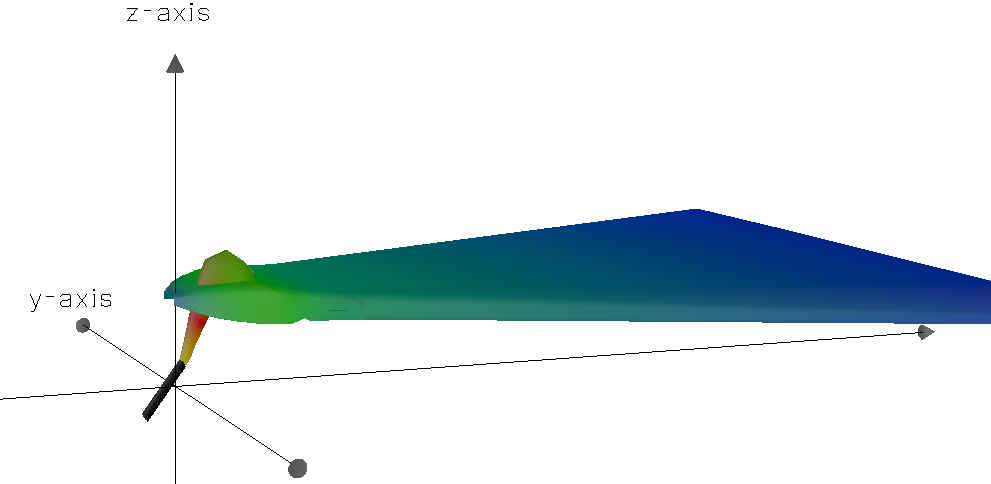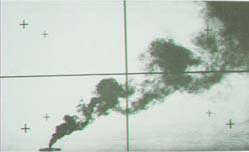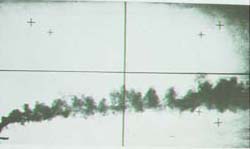The hydrodynamics of an effluent continuously discharging can be conceptualized as a mixing process occurring in two separate regions.
In the first region, the initial jet characteristics of momentum flux,
buoyancy flux, and outfall geometry influence the jet trajectory
and mixing.
This region is referred to as the "near-field", and encompasses the jet subsurface flow and any
surface or bottom interaction, or in the case of a stratified ambient,
terminal layer interaction.
In this region, outfall design can usually affect the initial mixing characteristics through appropriate manipulation
of design variables.
In particular, designs with dynamic bottom attachments should be avoided.
As the turbulent buoyant jet travels further away from the source, the source characteristics become less important.
Conditions existing in the ambient environment will control trajectory and dilution of the flow through density current
buoyant spreading motions and passive diffusion due to ambient turbulence.
This region is referred to as the "far-field".


l.jpg)


